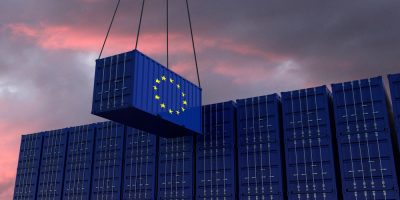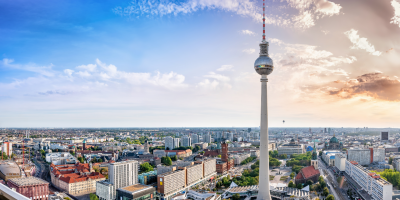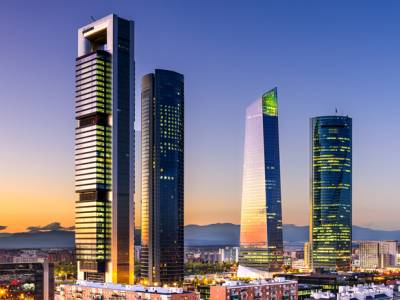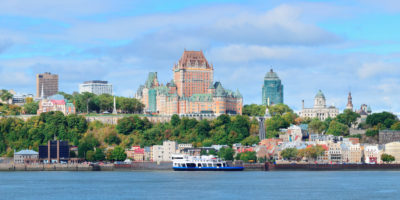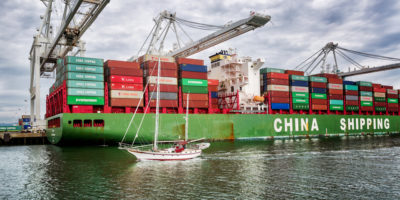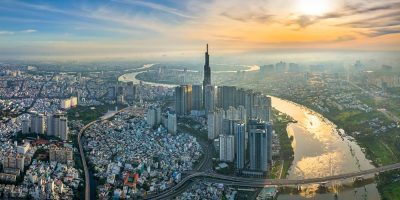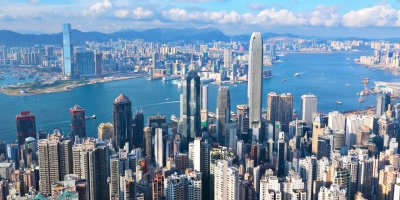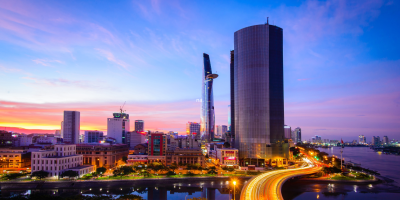-
Singapur
-
Vietnam
RCEP – The largest Free Trade Agreement
19 noviembre 2020
- Contratos de distribución
- Inversiones
Under Vietnam’s presidency of the Association of South East Asian Nations (ASEAN), after eight years of negotiations, the ten ASEAN member states (Brunei, Cambodia, Indonesia, Laos, Malaysia, Myanmar, Philippines, Singapore, Thailand, Vietnam) on 15 November 2020 signed a groundbreaking free trade agreement (FTA) with China, Japan, South Korea, Australia and New Zealand, called Regional Comprehensive Economic Partnership (RCEP).
The ASEAN economic community is a free trade area kickstarted in 2015 among the above-mentioned ten members of the homonymous association, comprising an aggregate GDP of US$2.6 trillion and over 622 million people. ASEAN is China’s main trading partner, with the European Union now slipping into second place.
Unlike the EuroZone and the European Union, ASEAN does not have a single currency, nor common institutions, like the EU Commission, Parliament and Council. Similarly to what happens in the EU, though, a single member holds a rotational presidency.
Individual ASEAN Countries, like Vietnam and Singapore, have recently entered into free trade agreements with the European Union, whilst the entire ASEAN block had and still has in place the so-called “plus one” agreements with other regional Countries, namely The People’s Republic of China, Hong Kong, The Republic of Korea, India, Japan and Australia and New Zealand together.
With the exception of India, all the other Countries with “plus one” agreements with ASEAN are now part of the RCEP, which will gradually overtake individual FTAs through the harmonisation of rules, especially those related to origin.
RCEP negotiations accelerated with the United States of America’s decision to withdraw from the Trans-Pacific Partnership (TPP) upon the election of President Trump in 2016 (although it is worth noting that a large part of the US Democratic Party also opposed the TPP).
The TPP would have then been the largest free trade agreement ever and, as the name suggest, would have put together twelve nations on the Pacific Ocean, namely Australia, Brunei, Canada, Chile, Japan, Malaysia, Mexico, New Zealand, Peru, Singapore, Vietnam, and the USA. With the exclusion of the latter, the other eleven did indeed sign a similar agreement, called Comprehensive and Progressive Agreement for Trans-Pacific Partnership (CPTPP).
The CPTPP has however been ratified only by seven of its signatories and clearly lacks the largest economy and most significant partner of all. At the same time, both the aborted TPP and the CPTPP evidently exclude China.
The RCEP’s weight is therefore self evidently heavier, as it encompasses 2.1 billion people, with its signatories accounting for around 30% of the world’s GDP. And the door for India’s 1.4 billion people and US$2.6 trillion GDP remains open, the other members stated.
Like most FTAs, RCEP’s aim is to lower tariffs, open up trade in goods and services and promote investments. It also briefly covers intellectual property, but makes no mention of environmental protections and labour rights. Its signatories include very advanced economies, like Singapore’s, and quite poor ones, like Cambodia’s.
RCEP’s significance is at this very moment probably more symbolic than tangible. Whilst it is estimated that around 90% of tariffs will be abolished, this will only occur over a period of twenty years after entry into force, which will happen only after ratification. Furthermore, the service industry and even more notably agriculture do not represent the core of the agreement and therefore will still be subject to barriers and domestic rules and restrictions. Nonetheless, it is estimated that, even in these times of pandemic, the RCEP will contribute some US$40billion more, annually, to the world’s GDP, than the CPTPP does (US$186billion vis-à-vis US$147billion) for ten consecutive years.
Its immediate impact is geopolitical. Whilst signatories are not exactly best friends with each other (think of territorial disputes over the South China Sea, for instance), the message is clear:
- The majority of this part of the world has tackled the Covid-19 pandemic remarkably well, but cannot afford to open its borders to Europeans and Americans any time soon, lest the virus spread again. Therefore, it has to try and iron out internal tensions, if it wants to see some positive signs within its economies given by private trade, in addition to (not always good) deficit spending by the State. Most of these Countries do rely heavily on Western talents, tourists, goods, services and even strategic and military support, but they are realistic about the fact that, unless the much touted vaccine works really well really soon, the West will struggle with this coronavirus for many months, if not years.
- Multilateralism is key and isolationism is dangerous. The ASEAN bloc and the Australia-New Zealand duo work exactly in this peaceful and pro-business direction.
The ASEAN’s official website (https://asean.org/?static_post=rcep-regional-comprehensive-economic-partnership) is very clear in this regard and states, in fact that:
RCEP will provide a framework aimed at lowering trade barriers and securing improved market access for goods and services for businesses in the region, through:
- Recognition to ASEAN Centrality in the emerging regional economic architecture and the interests of ASEAN’s FTA partners in enhancing economic integration and strengthening economic cooperation among the participating countries;
- Facilitation of trade and investment and enhanced transparency in trade and investment relations between the participating countries, as well as facilitation of SMEs’ engagements in global and regional supply chains; and
- Broaden and deepen ASEAN’s economic engagements with its FTA partners.
RCEP recognises the importance of being inclusive, especially to enable SMEs leverage on the agreement and cope with challenges arising from globalisation and trade liberalisation. SMEs (including micro-enterprises) make up more than 90% of business establishments across all RCEP participating countries and are important to every country’s endogenous development of their respective economy. At the same time, RCEP is committed to provide fair regional economic policies that mutually benefit both ASEAN and its FTA partners.
Still, the timing is right also for EU businesses. As mentioned, the EU has in place FTAs with Singapore, South Korea, Vietnam, an Economic Partnership Agreement with Japan, and is negotiating separately with both Australia and New Zealand.
Generally, all these agreements create common rules for all the players involved, thus making it is simpler for companies to trade in different territories. With caveats on entry into force and rules of origin, Countries that have signed both an FTA with the EU and the RCEP, notably Singapore, a major English speaking hub, that ranks first in East Asia in the Rule of Law index (third in the region after New Zealand and Australia and twelfth worldwide: https://worldjusticeproject.org/sites/default/files/documents/Singapore%20-%202020%20WJP%20Rule%20of%20Law%20Index%20Country%20Press%20Release.pdf), could bridge both regions and facilitate global trade even during these challenging times.










